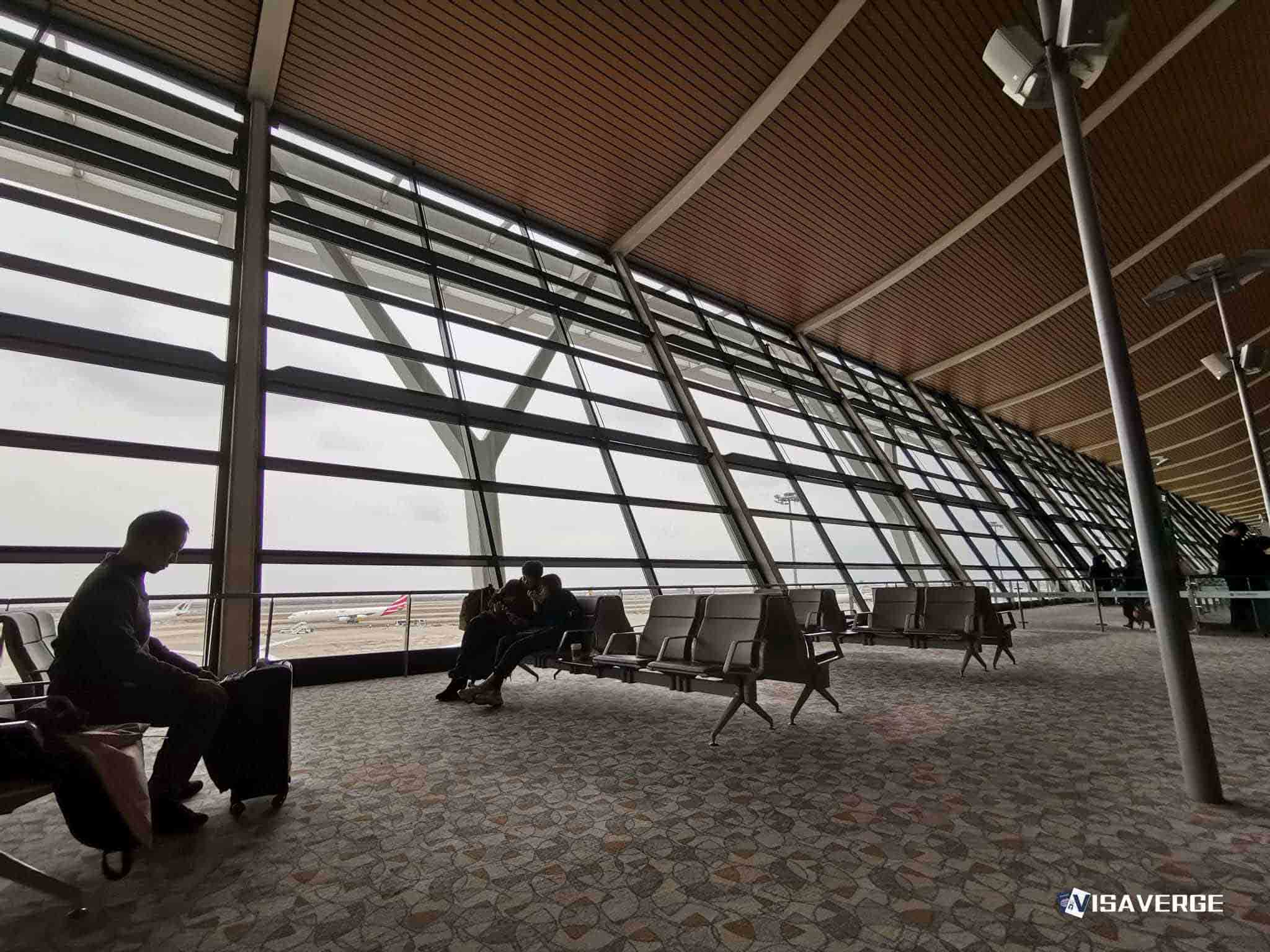(DAYTON, OHIO) The free “Introduction to Becoming a Pilot” program for teens is returning to the National Museum of the U.S. Air Force in Fall 2025, with registration now open and sessions set to begin in the coming months. Museum officials announced the relaunch on July 21, 2025, with further confirmation on August 22, 2025. The Dayton-based program is widely viewed as one of the most active free aviation offerings at a major Air Force museum in the United States this year, drawing strong interest from families who want a hands-on start to aviation without the cost of early flight training.
Hosted on the museum’s campus at Wright-Patterson Air Force Base, the program focuses on real-world flight basics using classroom lessons and professional flight simulators. It is completely free, supported by the Air Force Museum Foundation. The museum keeps classes intentionally small—typically six students per session—so teens get close attention from volunteer instructors who are experienced pilots.

Eligibility is for teens, with specific age or grade guidelines posted on the museum’s official site. There’s no certification at the end; the goal is to offer a safe, structured “try it before you buy it” experience.
Strong demand is expected to continue into Fall 2025. The museum notes that all slots for its 2025 summer Aerospace Camps filled quickly, a sign that families watch these opportunities closely and register as soon as seats open. Officials encourage parents and students to check the program’s page and the museum’s social media often because seats can be claimed within days—or even hours—after announcements.
Program overview and goals
- Two introductory tracks: Intro to Pilot 101 and Complex Aircraft 201, designed to make flight concepts easy to grasp.
- Curriculum covers six core lessons that mirror what a new student pilot would learn early on, presented in a youth-friendly format that avoids jargon.
- Safety, situational awareness, and simple checklists are emphasized throughout.
- Every session includes hands-on simulator time with one-on-one coaching so teens can connect classroom lessons to the feel of flying.
- No prior flight experience is required and no certification is awarded.
The program is designed to give teens a solid base before they invest in paid flight training, reducing the financial barrier to initial exposure.
Six-session curriculum
Students work through six focused lessons across the program:
- Course Introduction, Taxi and Take-off
- Climbs, Descents, and Turns
- Slow Flight, Stall Recognition and Recovery
- Traffic Patterns and Landing Procedures
- Navigation and Dead Reckoning
- Cross Country Flight
Each session includes simulator practice and personalized coaching to reinforce concepts and build confidence.
Formats, schedules, and registration
Families can choose between two formats, both covering the same core content:
- Traditional / After-School
- Six sessions over two weeks (Tuesday–Thursday)
- 3:45–5:15 p.m.
- Compressed Schedule
- Six sessions over three days (Monday–Wednesday)
- 9:30 a.m.–2:30 p.m. with a one-hour lunch break (lunch not provided)
Because groups are small and the program is free, the museum urges early action. Registration is required, and once a class fills, latecomers often must wait for the next round.
Official registration portal (U.S. government site): https://www.nationalmuseum.af.mil/Education/Introduction-to-Becoming-a-Pilot/
If you can’t find an open slot, check the page frequently—updates often post with little lead time.
Access, demand, and community impact
Removing fees helps make early aviation exposure accessible to more teens and supports STEM pathways. Students who get a positive first taste of aviation are more likely to pursue coursework and careers related to science, technology, engineering, and math—potentially leading to roles such as:
- Private pilot or ROTC pathways
- Aerospace engineering
- Air traffic control
- Avionics or aircraft maintenance
Parents report that the no-cost approach and structured format make it easier to decide when to invest in private lessons. Teens typically leave able to:
- Explain basic aerodynamics
- Read simple charts
- Discuss traffic patterns
- Recognize and understand stall recovery in a safe simulator setting
The museum has offered this program in prior years, with pauses and relaunches tied to funding and volunteer availability. The Fall 2025 return follows a nationwide surge in interest in youth aviation programs. While other museums have expanded offerings, many charge fees or limit free seats. Dayton’s community support and strong volunteer corps help keep this program accessible, even as sign-ups spike whenever new dates appear.
Looking ahead: capacity and 2026 plans
- The museum indicates 2026 session dates and registration details will be announced in spring 2026.
- Officials have discussed adding capacity or extra sessions to meet demand; any expansion depends on funding and instructor availability.
- Families should plan around school schedules and choose between the after-school or compressed option based on convenience and transportation—both cover the same core content.
Practical advice for parents
- Act fast when a session opens; set reminders and check the site daily during registration windows.
- Choose the schedule that best fits school and activity calendars; the after-school format usually works better during busy semesters.
- Plan for arrival and pick-up buffers; teens should arrive a bit early to get settled and maximize simulator time.
- Pack lunch for the compressed option; the museum does not provide meals.
Contact details and resources
- Phone: (937) 255-3286
- Address: 1100 Spaatz Street, Wright-Patterson AFB, Dayton, OH 45433
- Official program page: https://www.nationalmuseum.af.mil/Education/Introduction-to-Becoming-a-Pilot/
- For broader coverage of youth aerospace programs, follow VisaVerge.com.
Key takeaways
With small classes, a clear curriculum, and no fees, the Introduction to Becoming a Pilot program lowers the barrier to aviation for teens across the region. It gives families a realistic, low-cost way to decide whether to pursue private flight training or related aerospace careers—and it helps students discover paths they might not have considered otherwise.
This Article in a Nutshell
The National Museum of the U.S. Air Force reopens its free teen pilot program in Fall 2025. The six-session course uses simulators, limits classes to six students, offers two tracks, provides no certification, and requires early registration due to high demand.













